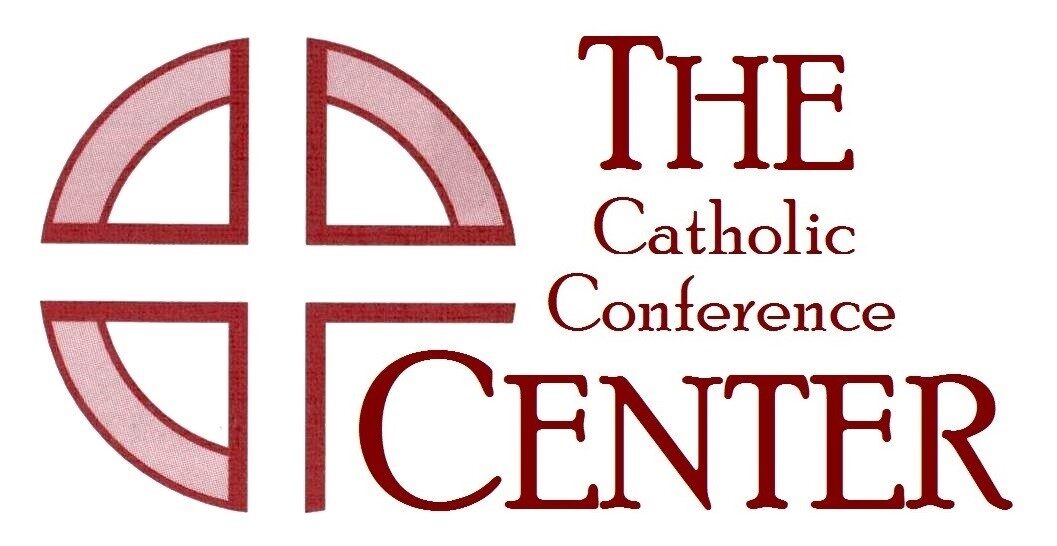
A couple of years ago, my wife and I went to visit our son in Phoenix. It was my first trip to the desert areas of the Southwest in winter. I was amazed at both the barren desert landscape as well as all of the growth.
The photo shows Camelback Mountain in the distance, some cactus in the foreground, and much desert in between. To my delight and surprise, some of the cacti bloomed at this unlikely time of year.
This is the prayer spot I chose in the few days we were there. I’d bundle up for the early morning hike and walk about fifteen minutes from the condo where we were staying.
The Arizona desert is remarkable, both formidable and stunningly beautiful. I can see why American Indians found it to be sacred. And why so many biblical figures went to the desert to seek God – Moses, Elijah, and John the Baptist come immediately to mind. And why Jesus made many trips to the desert to pray and refine his mission.
The prophet Isaiah, a favorite during the Advent and Christmas seasons, used many desert images in his writings. These images describe the reversal that will occur when God’s plan is fulfilled. People who thirst will find water. The barren will become fruitful. Rocky paths will be made smooth.
It doesn’t take much of an imagination to see that the prophet is also speaking to the desert landscape of my life. Sometimes barren and dry, sometimes sculpted into formidable terrain, yet at times holding the potential to be life-giving and fruitful.
Christmas is a time to marvel at the reversal that will occur as God’s plan is being fulfilled – when the “deserts and wastelands will bloom and shout for joy.” (Is 35:2) I have to remind myself that this reversal is not just something God launched 2,000 years ago with the birth of Jesus. It’s an invitation for me to see God at work in my life today, bringing new life out of areas I thought were barren.
May you discover new possibilities for renewal and growth in your own life as you prepare to celebrate the birth of the child who “shall be called Wonderful, Counsellor, the mighty God, the everlasting Father, the Prince of Peace.” (Is 9:6)
A Desert Examen
It’s easy to compare the desert landscape of our life as being filled with what Ignatius of Loyola calls consolations and desolations. Meditating on the highs and the lows, the life-giving and the life-taking moments, is a way to improve our spiritual health and get better at marveling at God’s presence in all aspects of our lives. One technique Ignatius offers is to conduct a daily Examen. There are variations – below is one that continues the desert theme:
- Place yourself in God’s presence – relax, light a candle, do some deep breathing…
- Review the desert landscape of your day with a spirit of Thanksgiving – its beauty and form.
- Identify both the highs and the lows, the barren spots and the occasional blooms, the rocky crags, and the level paths.
- Choose the most memorable or poignant, and offer a spontaneous prayer to God: praise, thanksgiving, a cry for help, or a plea for acceptance…
- Look ahead to tomorrow, and bring to prayer any feelings that emerge (fear, dread, enthusiasm…) Close with the Lord’s Prayer, imagining yourself praying with Jesus in the desert.
